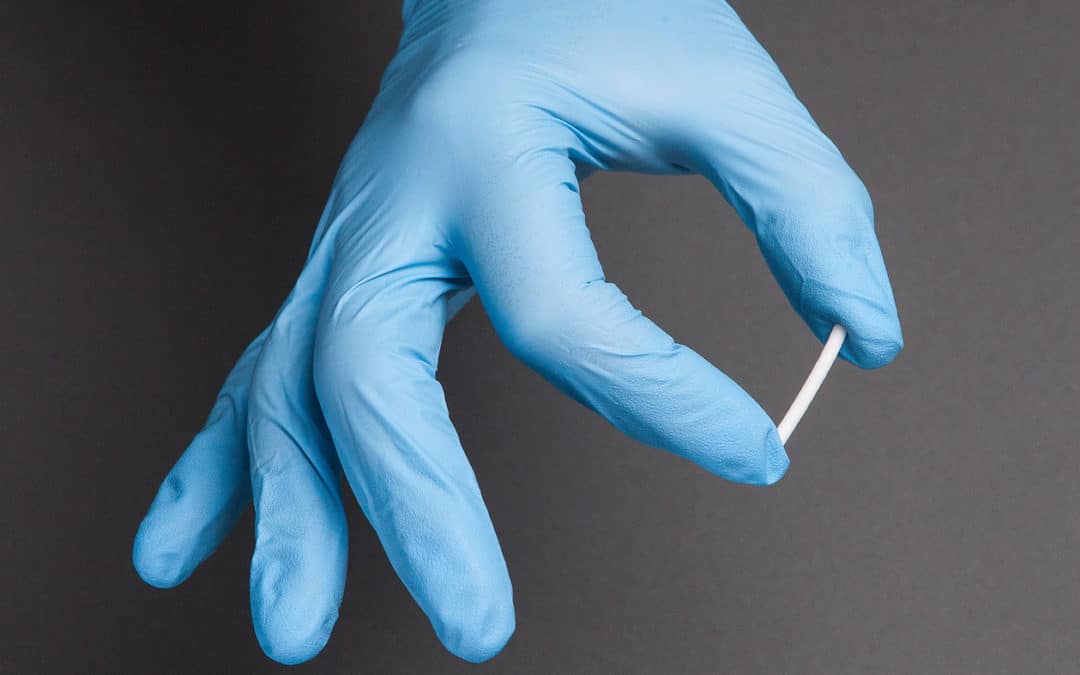Titan Pharmaceuticals Inc. and partner Braeburn Pharmaceuticals won approval for the first implant in the U.S. to treat heroin and opioid painkiller addictions, which have reached epidemic levels. On Thursday The Food and Drug Administration ( FDA ) approved Probuphine. This implant is the first of its kind, and is intended for people who are addicted to opioids and heroin. The FDA announced its approval of the anti-addiction delivery device which is inserted under the skin of the supper arm and administers buprenorphine in a continues does for six months. Currently, buprenorphine is only available in a pill or sublingual film. In the mist of the opioid and heroin epidemic that plague the nation, this device has caused an intense debate. Some say it will be beneficial for addicts seeking recovery where treatment options are limited, while others criticize and warn that this device remains largely unproven. Members of the FDA advisory believe one of the biggest benefits is that once the device is implanted in the addict’s arm, it releases the medication on its own. Unlike the oral forms of the drug, there will be no risk of the drug being sold on the streets. The Centers for Disease Control and Prevention have pored over the data and declared Friday that the 28,647 deaths from prescription opioids and heroin set a record in 2014. Deaths involving powerful synthetic opioids such as fentanyl rose by more than 80 percent, and a number of states experienced large increases in overdose deaths from the previous year, CDC also said. More than 6 in 10 drug overdose deaths were caused by opioids in 2014 as the prescription drug epidemic continued to worsen and the pace of heroin fatalities surged even more rapidly. Everyone seems to be looking for answers to solve the crisis in America, some believe that Probuphine is not it. Former advisory committee chair Judith Kramer, argued against the approval of the device, saying the implants clinical trial data did not prove it is safe and effective. She noted that even some trial participants needed supplemental buprenorphine for relief, which suggested that the implant dose was too low and that it would be tough to eliminate pills altogether.
Buprenorphine and another treatment for opioid addiction, like methadone, trick the brain into thinking it’s still getting opioids. Unlike buprenorphine, methadone users must enroll in a treatment program. Doctors who want to prescribe the Probuphine implant to patients must take a four-hour training program that includes practice implanting the device. Richard Rosenthal, who helped lead the implants clinical trial, said the value of this device is providing a steady level of medication into the bloodstream, allowing an individual to avoid the peaks and troughs that can increase cravings, and avoid the risk of relapse. The clinical trials showed results that a substantially higher percentage of people on the device managed to stay off illicit opioids for the entire six months, compared to those on the oval versions.
The only downside of the fix is that it may cost a great deal based on market demand. While the company making the drug promises to be reasonable in pricing, one never knows exactly how that will go in reality.
“The company says it will price the implants to be competitive with other injectable treatments used to battle opioid addiction, including a shot that costs about $1,000 a month. Buprenorphine pills, in comparison, typically cost $130 to $190 for a month’s supply.”
The company is exploring “value-based reimbursement programs” to provide insurers with rebates if the overall cost of care for a group of patients on Probuphine exceeded the cost of treatment either for the same patients in a prior six-month period or for a comparable group of patients taking other forms of buprenorphine or other anti-addiction medication.

No comments:
Post a Comment